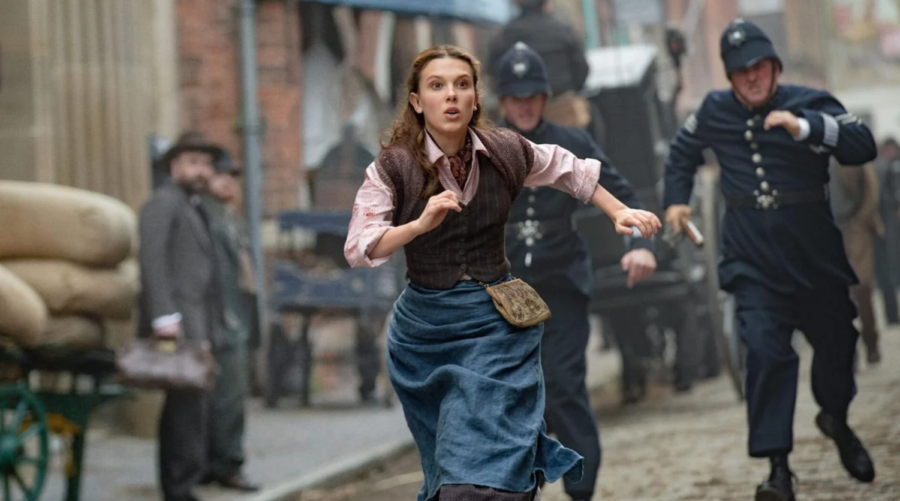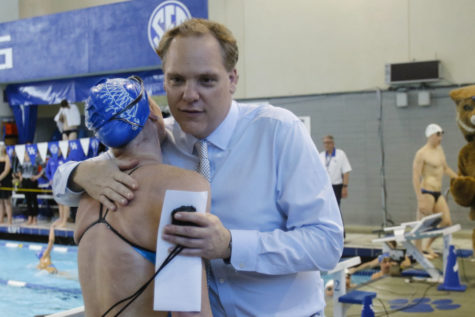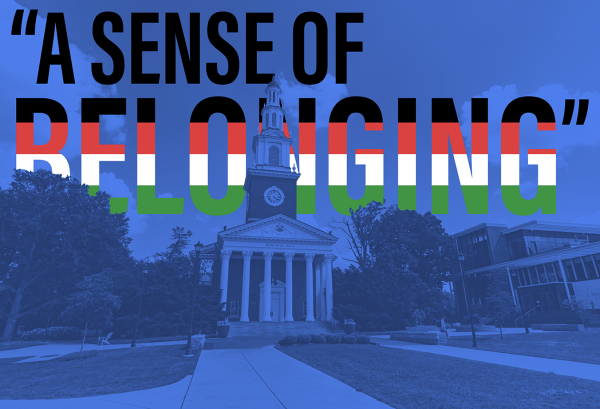The role of cinema in rescuing forgotten stories
December 6, 2022
Sisterhood. Rebellion. Opposite road. These are the words and expressions that best describe one of the greatest strikes of the 19th-century proletariat in England – the matchgirls’ strike.
This movement led by and for women and is intensely elaborated in a recent film production, “Enola Holmes 2.” Although the film presents a dramatic approach with a particular and caricatured humor, as well as a great investigative character, the plot presents a reality of substantial importance: women’s struggle for human and labor rights in the context of the Industrial Revolution, in London, in 1888.
For me, the most powerful voice in this film is Sarah Chapman, a young missing woman who is Enola’s main investigation target even amidst the detective’s chaotic, shifting and lonely reality as a shadow of her brother, Sherlock Holmes.
For much of the plot, Chapman does not physically appear, but the viewer can feel her presence and power by only hearing the beautiful descriptions from her younger sister (not blood sister; only by affinity).
Despite the various deviations from reality, with scenes of great verisimilitude but not total faithfulness to the truth, “Enola Holmes 2” shows, especially at the end of the film, the more historically accurate labor movement of the matchgirls.
During the First Industrial Revolution, labor rights were not consolidated within the exploitation of the proletariat by the industrial bourgeoisie. In fact, human beings were treated as puppets, manipulated and ruled by factory owners.
Minority groups (not in quantity, but in the degree of social relevance, according to the retrograde perspective of the time), such as women and children, were the most vulnerable targets to all kinds of diseases, such as the fossil jaw caused by white phosphorus, in addition to of being constant targets of verbal and physical violence by the shift leaders.
However, a point of great philosophical and sociological relevance is the fact that even with so many more powerful voices ruling the women who worked in the match factory in 1888 in London, Sarah Chapman and her sisters did not lower their heads.
The Bryant & May matchmaking factory served as the stage for a revolution in which, through the voice of one woman, others could unite so together they could go against the mistreatment and exploitation of their bodies and human dignity.
The demonstration was peaceful from beginning to end and consisted of the scheduled departure of 1400 women workers. This was one of the only episodes in history where only women were the protagonists and sustained reform and protest of this scale.
For the mentality of the time, this rebellion caused great turmoil in the minds of other women who had never felt seen, heard or recognized as powerful to the point of changing their social landscape.
It is through the acid and calculated humor of this film that themes of great social weight are expressed with success. There is no appeal or exaggeration. There is just the dramatization of real stories of real people who are not yet as widely represented as they should be.
Even today, with advances in understanding the value of women, one can still notice how our names are muffled and forgotten. “Enola Holmes 2” has done an excellent job of rescuing a story of substantial impact for women who, like me, can now have the freedom to speak their thoughts without being persecuted.
Sisterhood. Rebellion. Opposite road. I hope these are the most constant words in our vocabulary today.




















































































































































